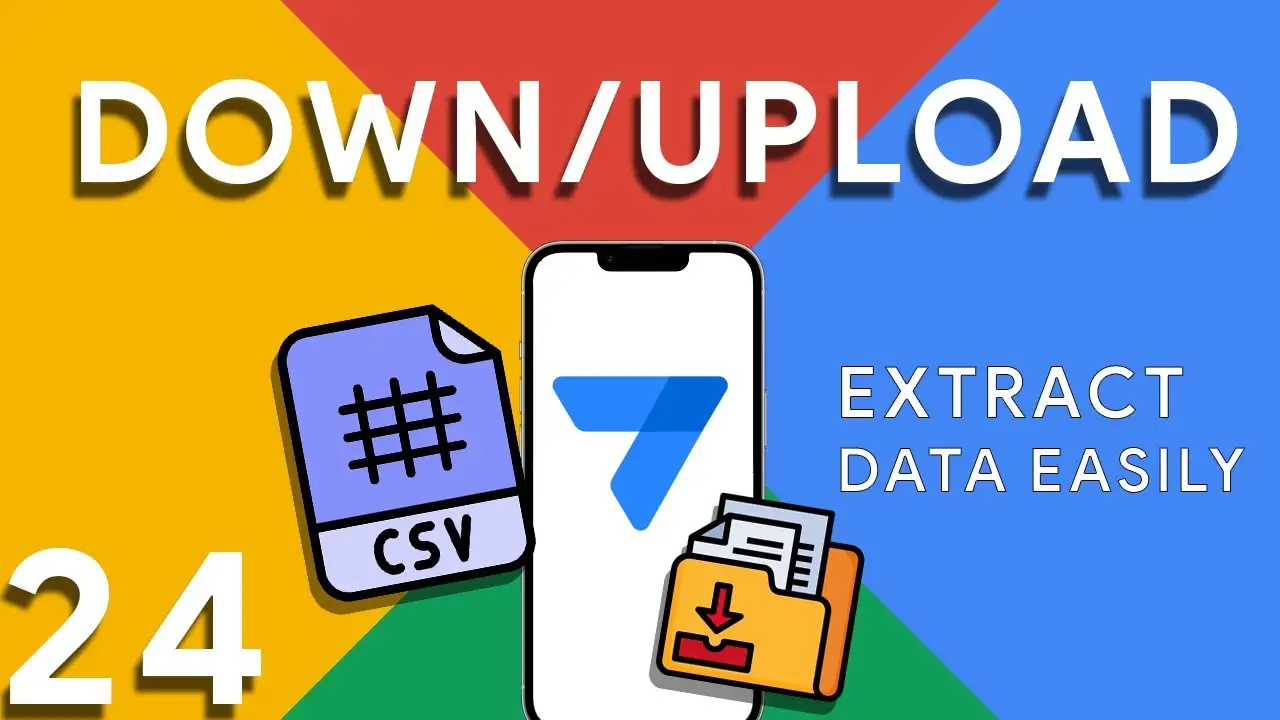Switch ( ) function
The SWITCH() function in AppSheet is a powerful tool that simplifies decision-making processes in your applications. Unlike traditional IF() statements that can get complex and hard to manage with multiple conditions, SWITCH() offers a cleaner, more readable alternative. This function evaluates a given expression and matches its result to a list of cases, returning the corresponding value for the first matching case. Using the SWITCH() function in AppSheet is straightforward. Here’s a simple syntax to get you started: SWITCH(expression, case1, value1, case2, value2, ..., default_value) expression: The value or expression you want to evaluate.
Supabase Cloud Database
Efficient data management is at the core of every successful application. AppSheet, a versatile no-code platform, allows you to create custom apps tailored to your unique data needs. In this comprehensive guide, we'll explore the process of connecting AppSheet to Supabase as a data source. By the end of this tutorial, you'll be able to harness the power of Supabase's open-source database capabilities in your AppSheet applications. Connecting AppSheet to Supabase Supabase is an open-source platform that offers a PostgreSQL database with a user-friendly interface, authentication, and real-time capabilities. Integrating Supabase with AppSheet provides
Create Dependent Dropdown
Efficient data entry is crucial for any business application. AppSheet offers a powerful feature that allows you to implement dependent dropdowns, simplifying data input and ensuring accuracy. In this comprehensive guide, we'll explore how to create dependent dropdowns using the 'valid_if' expression and column sequencing in AppSheet. By the end of this tutorial, you'll have the knowledge to enhance your apps with dynamic and user-friendly data selection. Creating Dependent Dropdowns in AppSheet Dependent dropdowns, also known as cascading dropdowns, enable users to make selections in one dropdown based on the choices they make in
Generate PDF Gdrive Edition
In this comprehensive tutorial, we will explore how to harness the power of AppSheet, a no-code platform, to generate PDF files and seamlessly access them within your custom business apps. AppSheet empowers you to create tailored solutions without any coding knowledge, making it an ideal choice for businesses and organizations seeking efficient data management. With AppSheet, not only can you effortlessly generate PDF files from your app's data, but you can also provide users with direct access to these PDFs through intuitive button actions. By the end of this tutorial, you'll have a fully functional
Extract Year from Date
Dates are a fundamental aspect of data analysis and application development. In AppSheet, you can harness the capability to extract years from dates, enabling you to gain valuable insights and enhance your apps' functionality. In this comprehensive blog post, we'll delve into the process of extracting years from dates in AppSheet and explore how this can be used for reporting, trend analysis, and more. Extracting Years from Dates in AppSheet AppSheet offers a range of functions for working with dates and extracting specific components, such as years. Here's a step-by-step guide on how to
Extract Month from Date
Dates play a crucial role in data analysis and application development. In AppSheet, you can easily extract months from dates to gain valuable insights and enhance the functionality of your apps. In this blog post, we'll explore how to extract months from dates in AppSheet and leverage this information for various purposes, from creating reports to tracking trends. Extracting Months from Dates in AppSheet AppSheet provides several functions that allow you to work with dates and extract specific components, such as months. Here's a step-by-step guide to extracting months from dates: Step 1: Data
Setup Upload and Download Function
Effective data management is crucial for app developers and organizations, and AppSheet simplifies this process with its robust download and upload features. These features allow you to export data as CSV files for download or import CSV files to update your application's data seamlessly. In this comprehensive blog post, we'll explore how to leverage AppSheet's download and upload capabilities using action buttons, making data management in your application more efficient and user-friendly. Empowering Your App with AppSheet's Download and Upload Functions AppSheet's download and upload functions are indispensable for maintaining data accuracy and facilitating data
Setup Email Notification
Effective communication is a cornerstone of successful app development and business operations. AppSheet simplifies this process by offering a robust email notification system that allows you to send automated emails when specific conditions are met within your application. In this comprehensive blog post, we'll explore how to leverage AppSheet's email notification feature to enhance communication, keep users informed, and automate important processes. Harnessing the Power of AppSheet Email Notifications AppSheet's email notification system enables you to set up automated emails that are triggered by predefined conditions or events in your application. Whether you want to
Create User Rating
User feedback and ratings are invaluable for app developers and organizations. With AppSheet, you can create a custom user rating system that allows users to provide feedback and rate their experience within your application. In this comprehensive blog post, we'll explore how to implement a custom user rating system using actions, buttons, and views in AppSheet, enhancing user engagement and gathering valuable insights. Building a Custom User Rating System in AppSheet Creating a custom user rating system involves a combination of actions, buttons, and views. Here's a step-by-step guide on how to implement it











